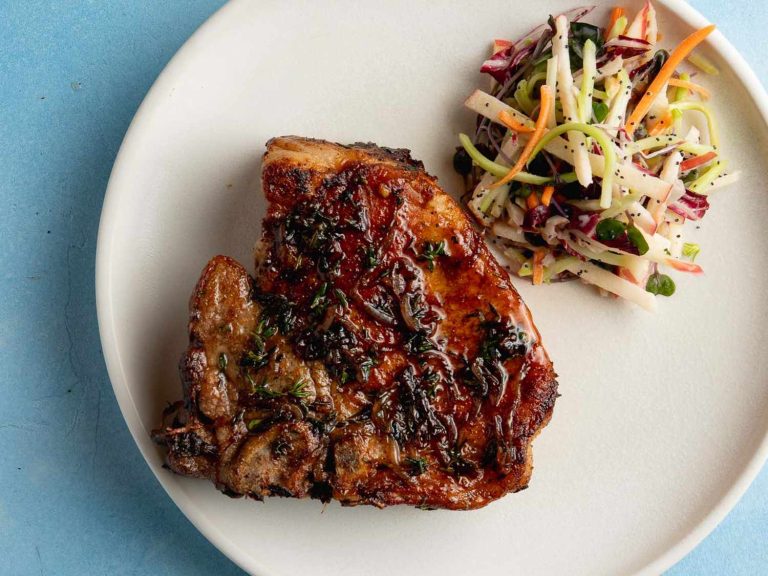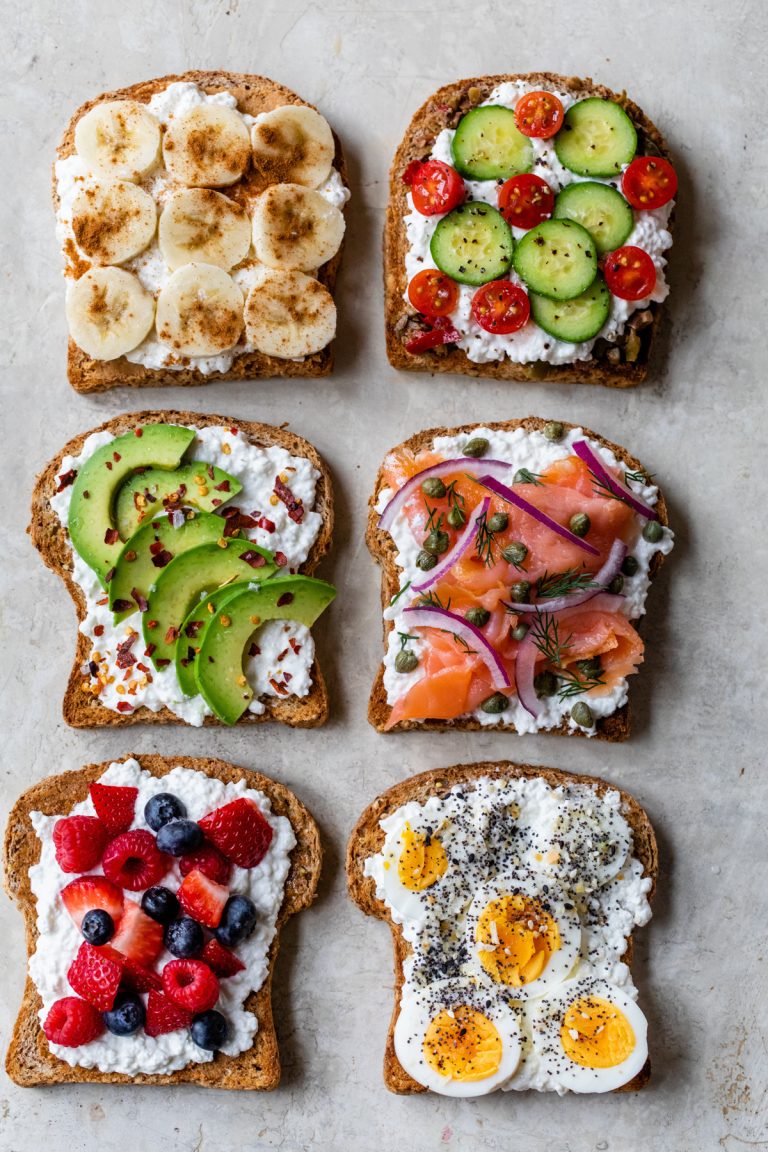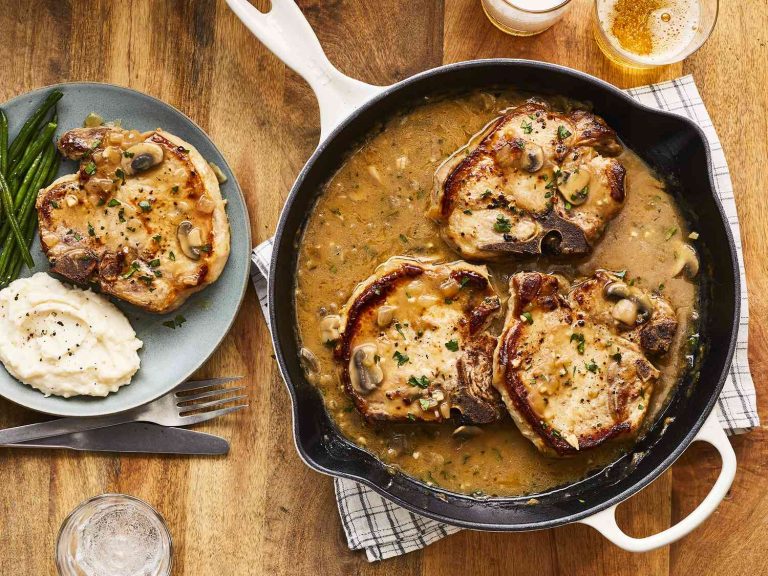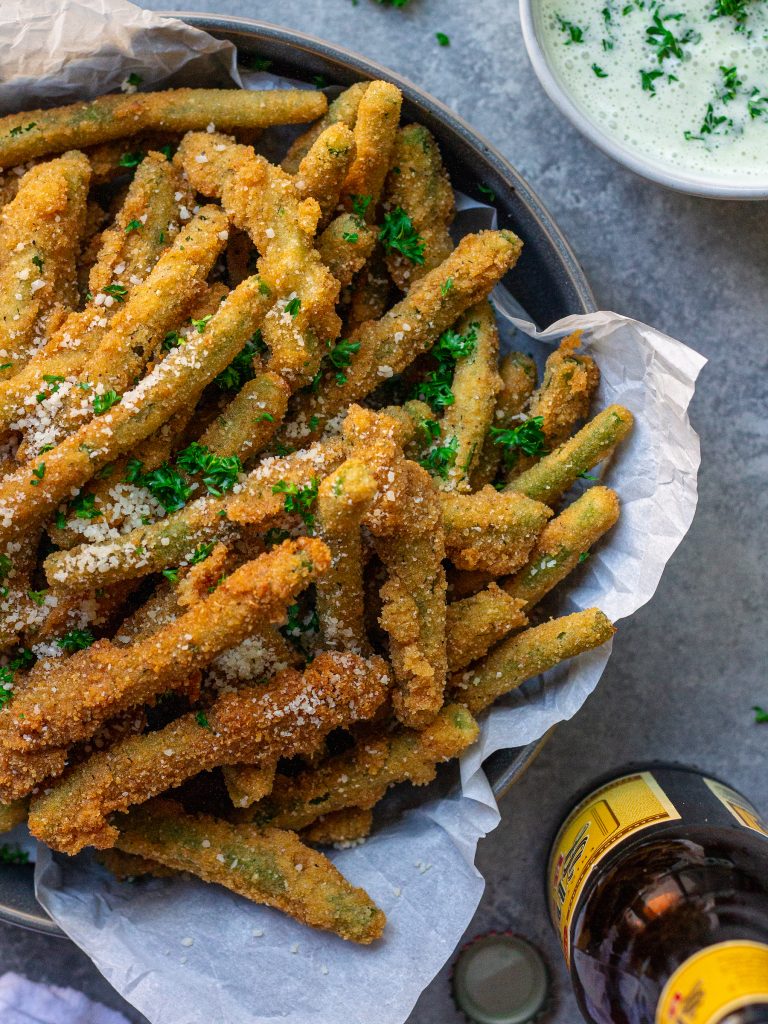Cavatelli and Broccoli: Recipe, History, Nutritional Tips & Pairings
Cavatelli, a type of pasta originating from Southern Italy, dates back to ancient times. Regions like Molise and Apulia claim the invention, with each area offering slight variations. The name “cavatelli” comes from the Italian word “cavare,” meaning “to hollow out.” This refers to its distinctive shape, small and shell-like, perfect for holding sauces. Traditional cavatelli uses semolina flour and water, making it an uncomplicated yet beloved pasta type in Italian households. Today, cavatelli continues to be a staple in Italian cuisine, known for its versatility and compatibility with a variety of ingredients.
The Role of Broccoli in Italian Cuisine
Broccoli, cultivated in Italy for over 2,000 years, plays a vital role in Italian cooking. Introduced by the Romans, it has become a key ingredient in many regional dishes. Rich in vitamins and minerals, broccoli pairs well with meats and pasta, enhancing the dish’s nutritional profile and flavor complexity. In cavatelli and broccoli, the broccoli is often sautéed with garlic, olive oil, and sometimes anchovies, before being mixed with the pasta. This method highlights its earthy tones and creates a rich, smoky taste, central to the dish.
Nutritional Values of Cavatelli and Broccoli
Health Benefits of Broccoli
Broccoli offers numerous health benefits, making it a valuable addition to your diet. Packed with vitamins C and K, broccoli supports immune function and bone health respectively. One cup of broccoli (91g) provides 90% of your daily vitamin C requirement (source: USDA). High fiber content in broccoli aids digestion and promotes gut health. Broccoli also contains antioxidants, such as sulforaphane, which protect cells from damage and may reduce inflammation.
Nutritional Impact of Cavatelli Pasta
Cavatelli pasta, made traditionally from semolina flour and water, adds carbohydrate content to your meals, providing essential energy. One cup of cooked cavatelli (140g) contains around 200 calories, 7g of protein, and 1g of fat (source: USDA). It’s a good source of selenium, important for thyroid function and antioxidant benefits. Including whole wheat cavatelli can increase fiber intake, supporting better digestion and prolonged satiety.
Combining cavatelli and broccoli in a meal offers a balanced profile of macronutrients—carbohydrates from the pasta and vitamins, minerals, and fiber from the broccoli. This makes it not only a flavorful dish but also a nutritious one.
Cooking Techniques for the Perfect Cavatelli and Broccoli
Choosing the Right Ingredients
Choosing fresh and high-quality ingredients is crucial for making perfect cavatelli and broccoli. First, select firm and green broccoli free from yellowing or wilting; this ensures optimal flavor and nutritional value. For the pasta, opt for authentic cavatelli, either fresh from a local Italian market or a reputable dried brand. High-quality olive oil enhances flavor, while fresh garlic and red pepper flakes add depth and heat. Lastly, use freshly grated Pecorino Romano cheese for a touch of sharpness.
- Boil Water and Cook Broccoli: Start by bringing a large pot of salted water to a boil. Add broccoli florets and cook until tender-crisp, around 3-4 minutes. Remove broccoli with a slotted spoon, keeping it green and crisp.
- Cook Cavatelli: In the same pot of boiling water, cook cavatelli pasta until al dente, typically 8-10 minutes. Stir occasionally to prevent sticking. Reserve 1/2 cup of pasta water.
- Prepare the Sauce: While pasta cooks, heat high-quality olive oil in a large skillet over medium heat. Add minced fresh garlic and red pepper flakes, sauté until garlic is fragrant and golden, about 1-2 minutes.
- Combine Ingredients: Add cooked broccoli to the skillet and toss to coat in the garlic oil mixture. Then, add cooked cavatelli and reserved pasta water, stirring to combine and create a cohesive sauce.
- Finish and Serve: Remove the skillet from heat once ingredients are well-mixed. Sprinkle freshly grated Pecorino Romano cheese over the top, and toss until cheese melts into the sauce. Plate and serve immediately.
These steps ensure a balanced, flavorful dish combining the unique textures and tastes of cavatelli and broccoli.
Variations and Modern Twists
Vegan and Gluten-Free Alternatives
For a vegan twist on cavatelli and broccoli, use plant-based butter or olive oil instead of traditional butter. Incorporate nutritional yeast to mimic the taste of cheese. Gluten-free options include cavatelli made from rice, corn, or chickpea flour. Ensure the pasta texture is similar to traditional cavatelli for an authentic experience. Follow the same cooking steps, adjusting boiling times based on the pasta type’s instructions.
Regional Variations in Italy
Cavatelli and broccoli dishes vary across Italian regions. In Puglia, the dish includes anchovies and red chili flakes for added flavor. In Calabria, sausage and sun-dried tomatoes are common additions. Liguria’s version incorporates pine nuts and basil, giving it a pesto-like essence. Each region adapts the basic cavatelli and broccoli recipe, adding local ingredients to create unique flavors.
Pairing Cavatelli and Broccoli with Other Dishes
Wine Pairings
Selecting the right wine enhances the experience of cavatelli and broccoli. For a seamless match, opt for wines with light to medium bodies to avoid overpowering the dish.
White Wines: Sauvignon Blanc, Pinot Grigio, and Vermentino work well. These wines have crisp acidity that complements the dish’s slight bitterness and creaminess.
Red Wines: If you prefer red wine, light-bodied options like Pinot Noir or Barbera won’t overwhelm the flavors. These selections provide balance with their low tannin content and hints of fruitiness.
Complementary Side Dishes
Pairing cavatelli and broccoli with the right sides elevates your meal. Add variety and depth with these options.
Salads: A simple arugula salad with lemon vinaigrette cuts through the dish’s richness. Alternatively, a tomato and mozzarella salad (Caprese) adds freshness and mild acidity.
Bread: A crusty Italian baguette or garlic bread serves as a delightful companion to sop up any remaining sauce, enhancing the dining experience.
Vegetables: Roasted root vegetables like carrots and parsnips introduce earthy flavors. Steamed green beans or asparagus provide a crisp contrast.
Consider these pairings to create a well-rounded meal that highlights the classic dish of cavatelli and broccoli.
Conclusion
Cavatelli and broccoli offer a delightful blend of flavors and nutritional benefits that can elevate any meal. By mastering various cooking techniques and exploring vegan and gluten-free options, you can cater to diverse dietary needs. Pairing this dish with wines like Sauvignon Blanc or Pinot Noir and adding complementary sides like salads and bread creates a well-rounded dining experience. Embrace the rich history and versatility of cavatelli and broccoli to impress your guests and enjoy a truly satisfying meal.






